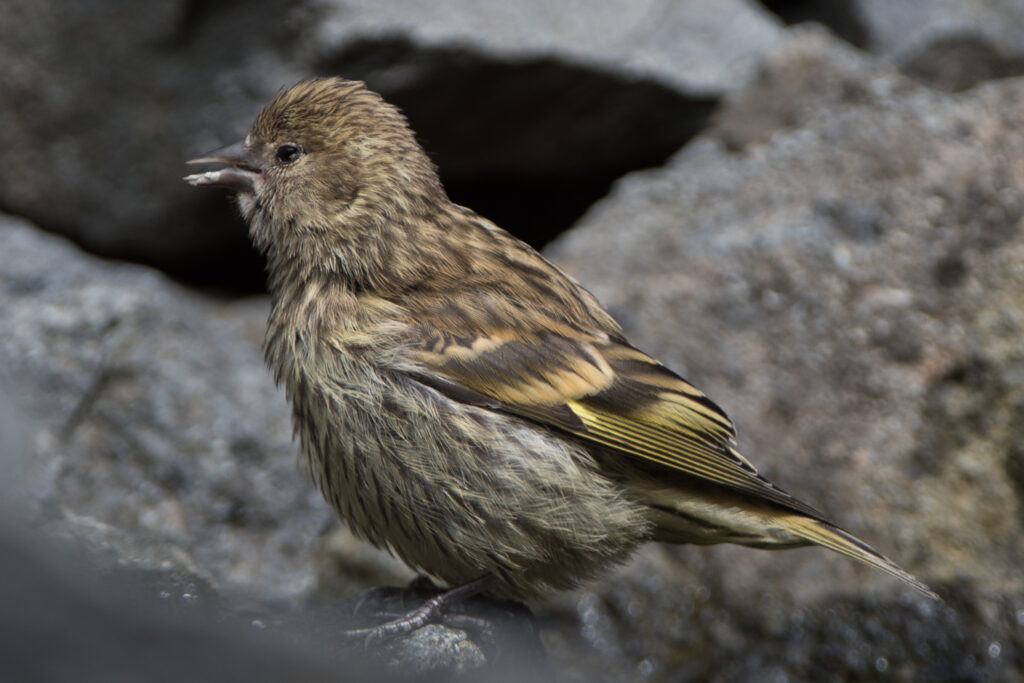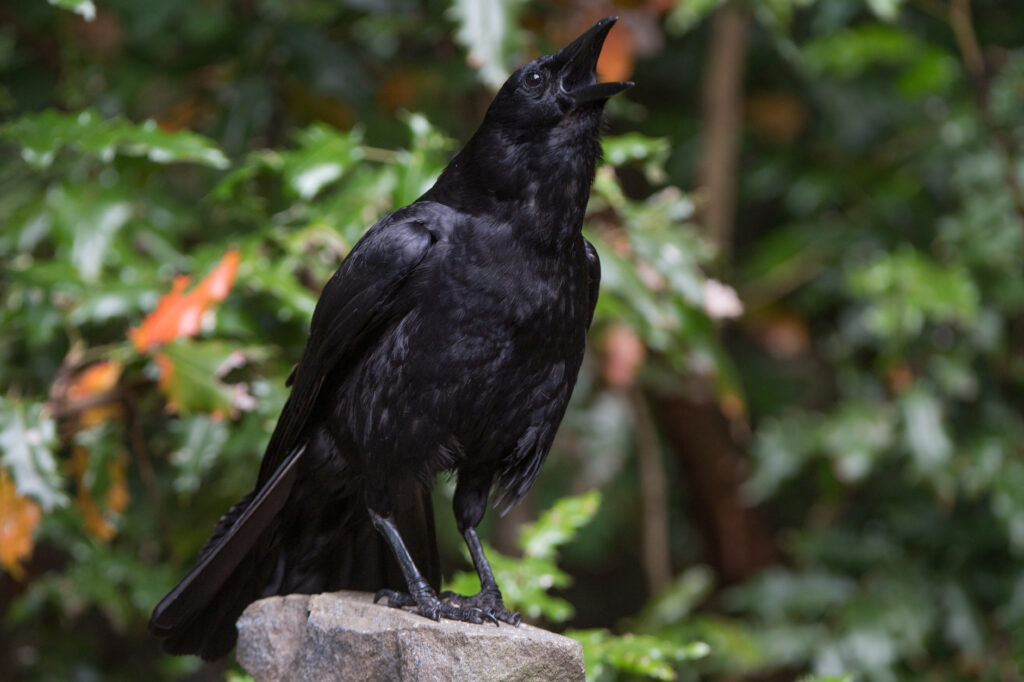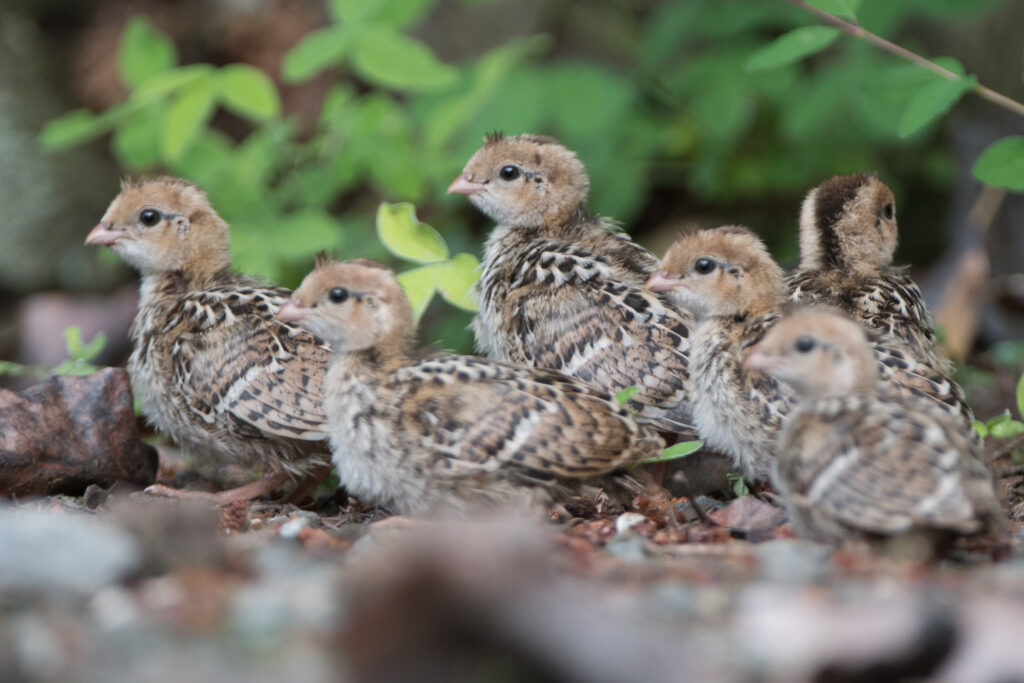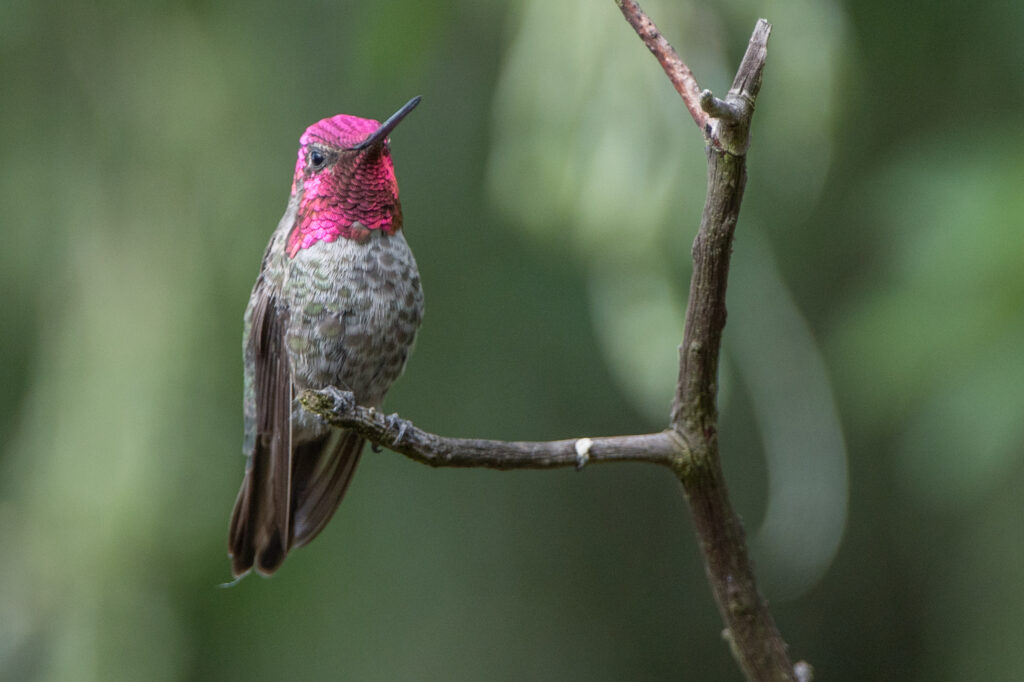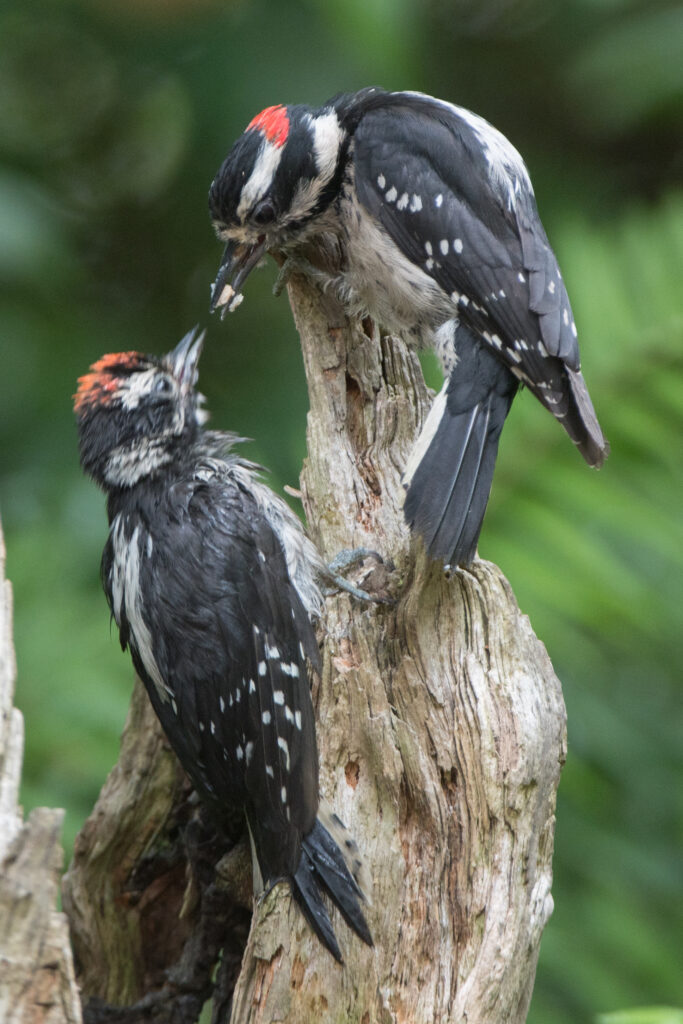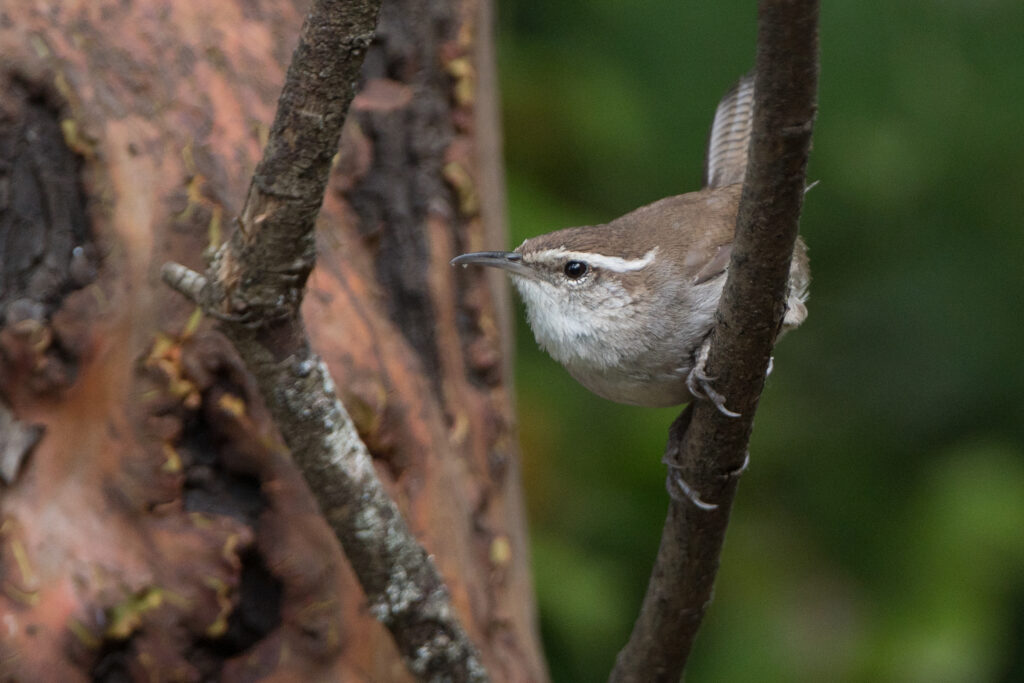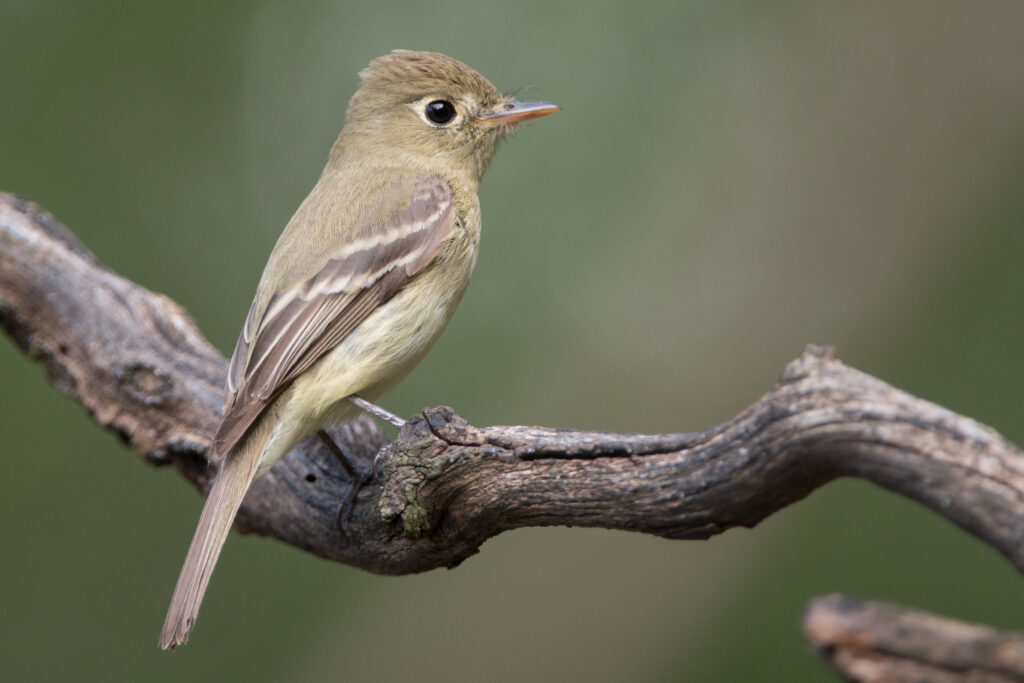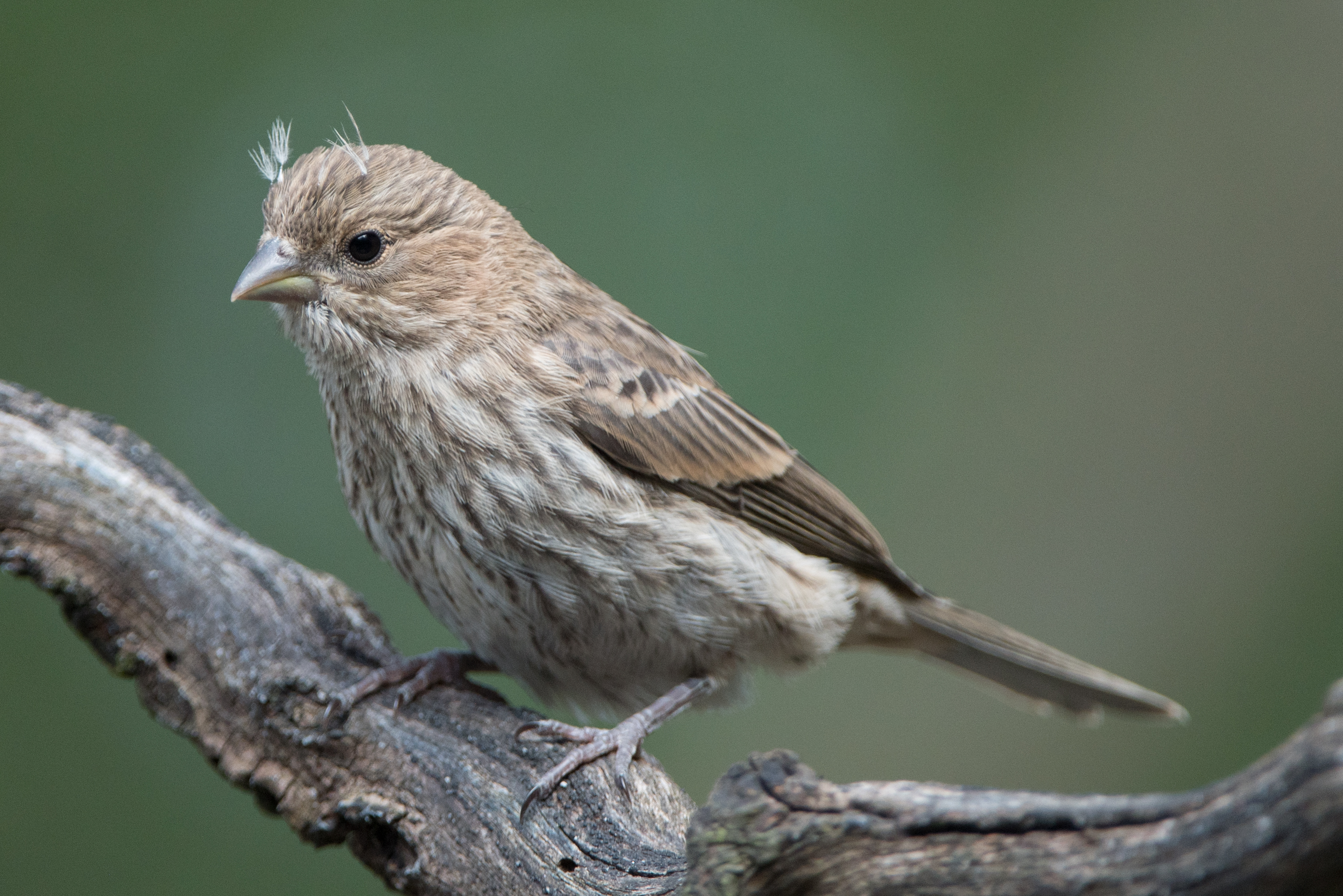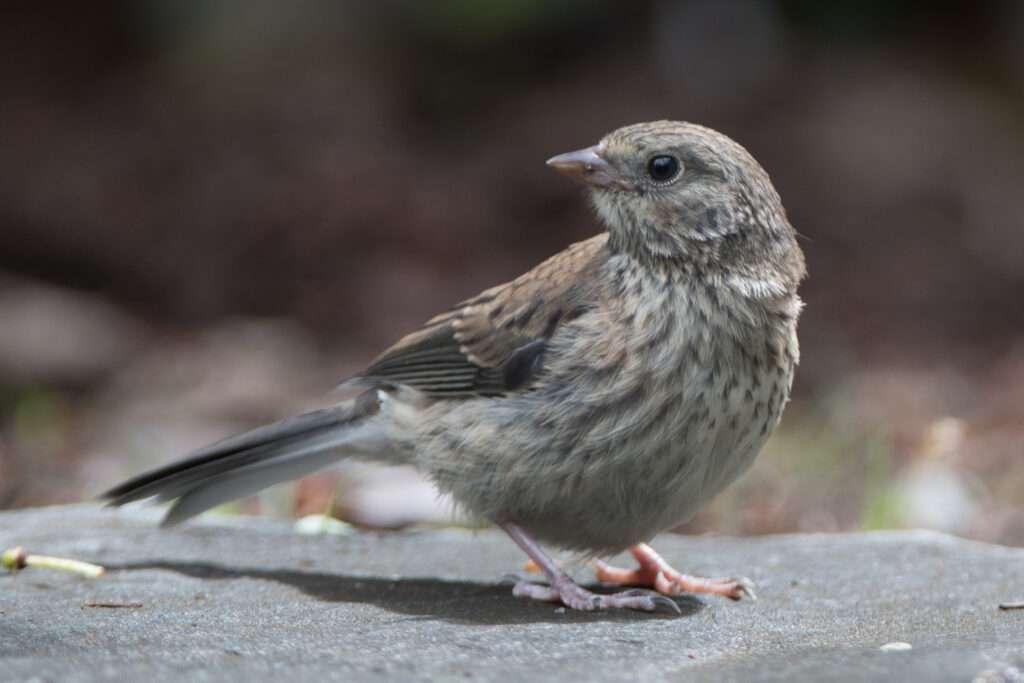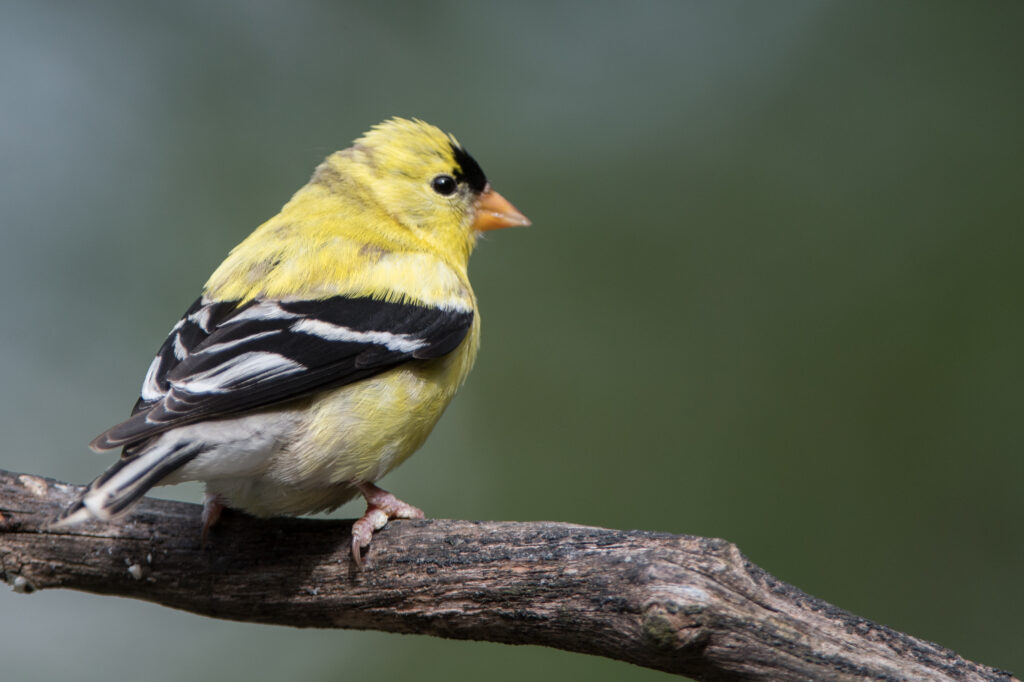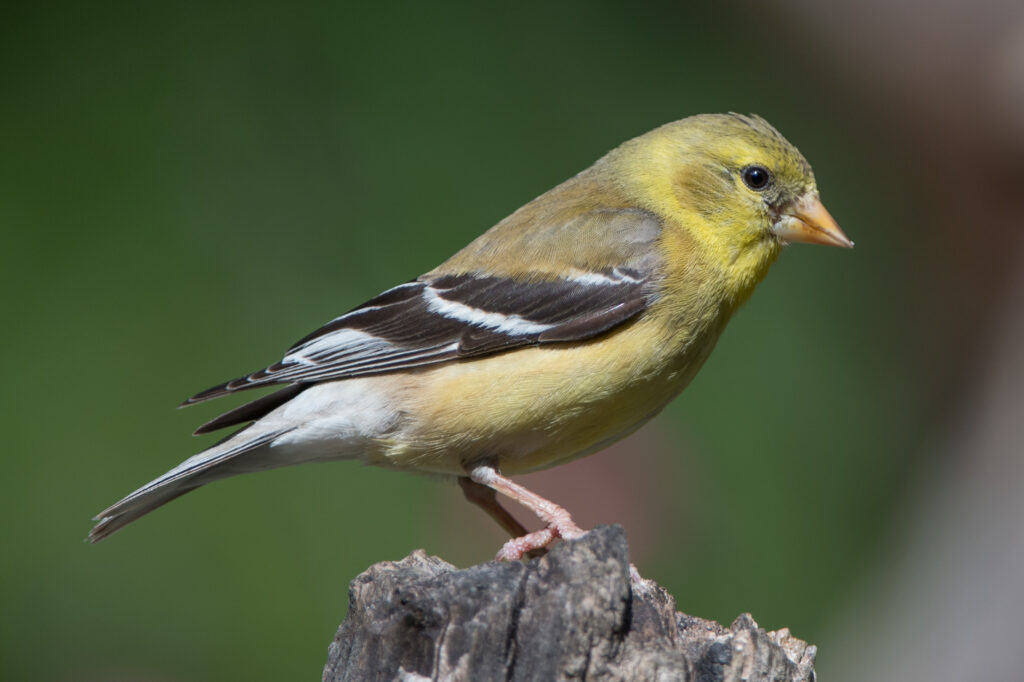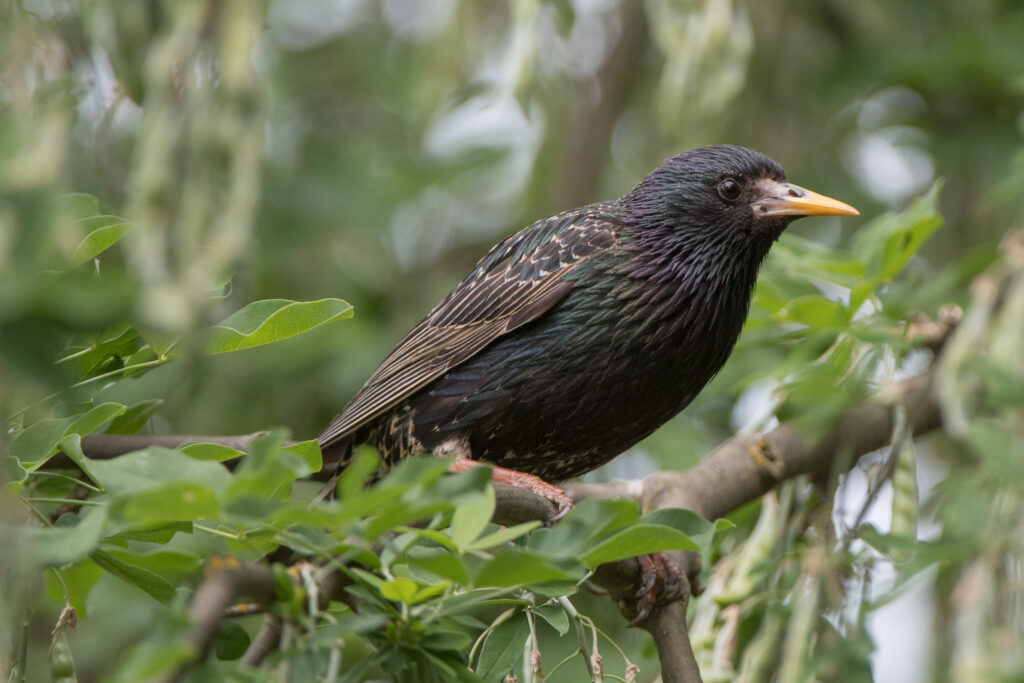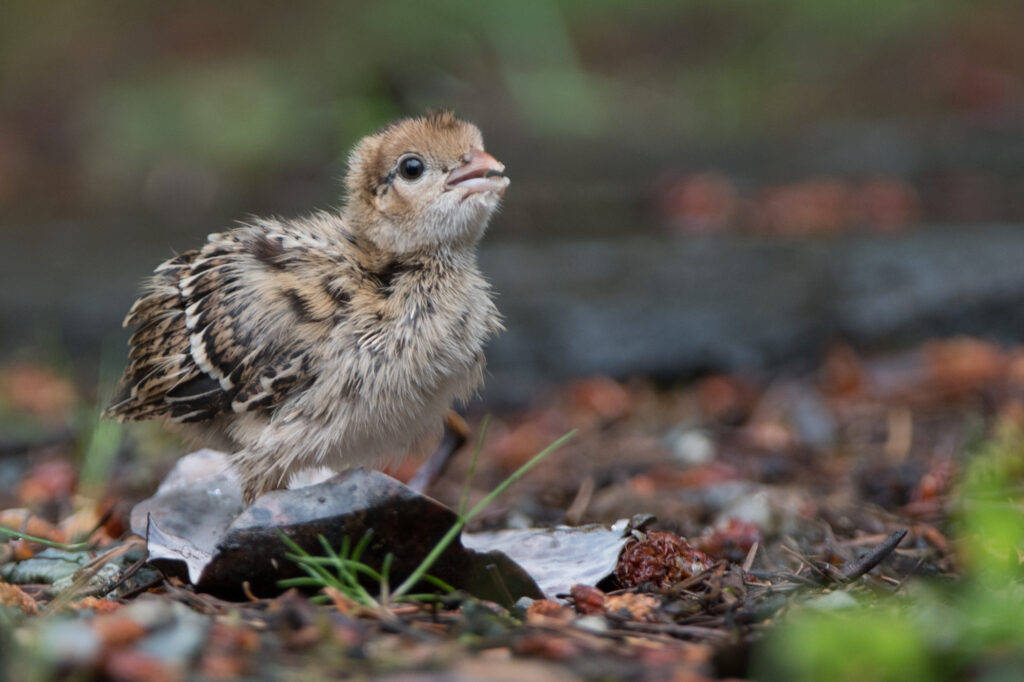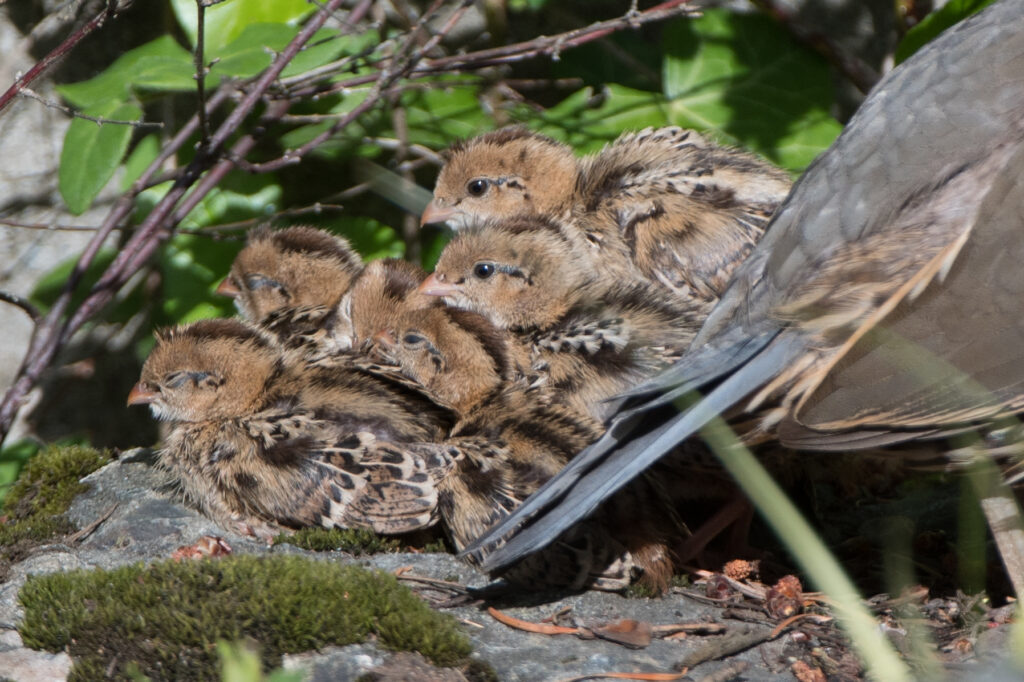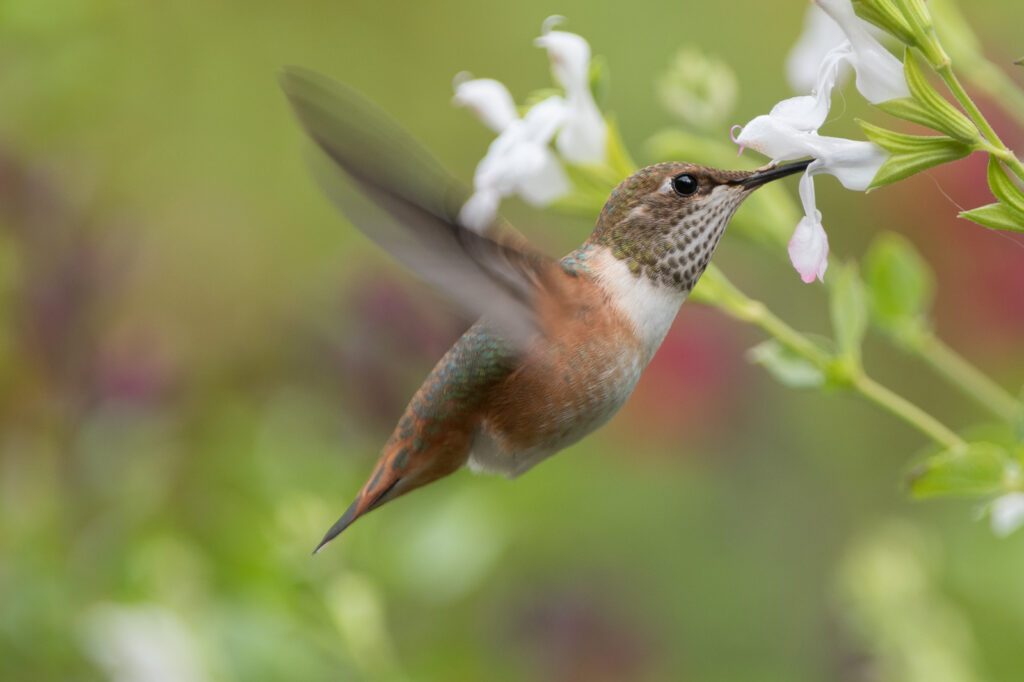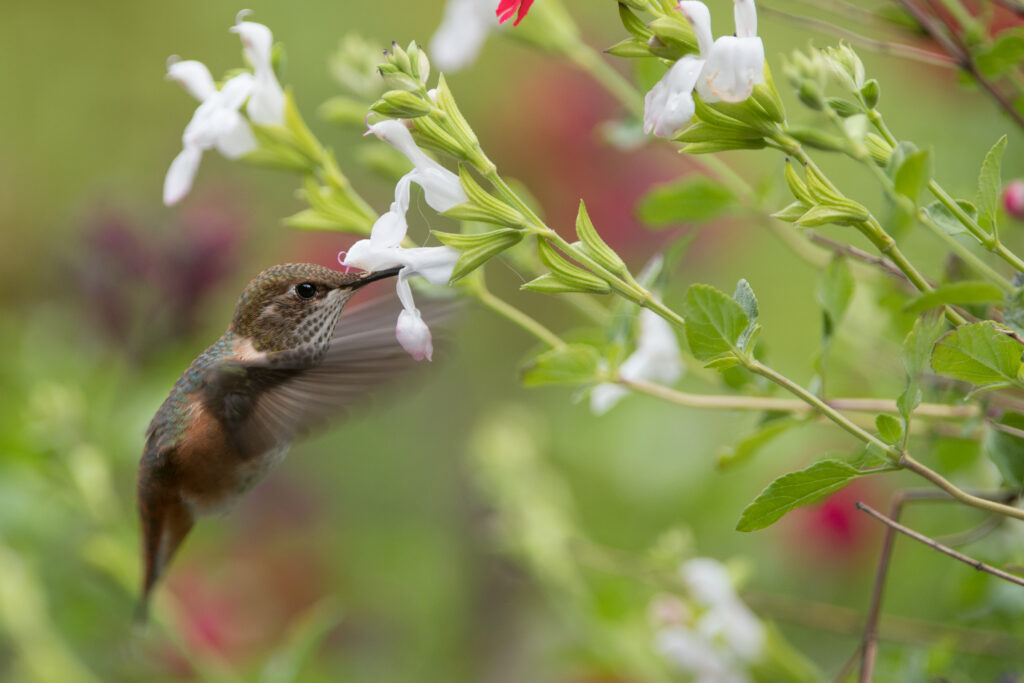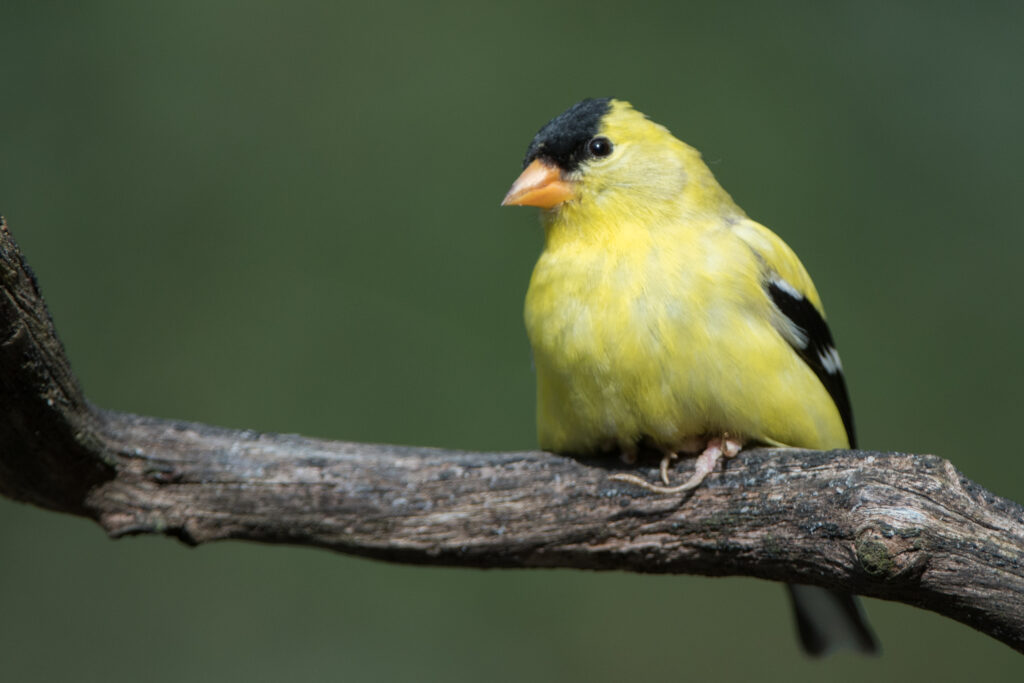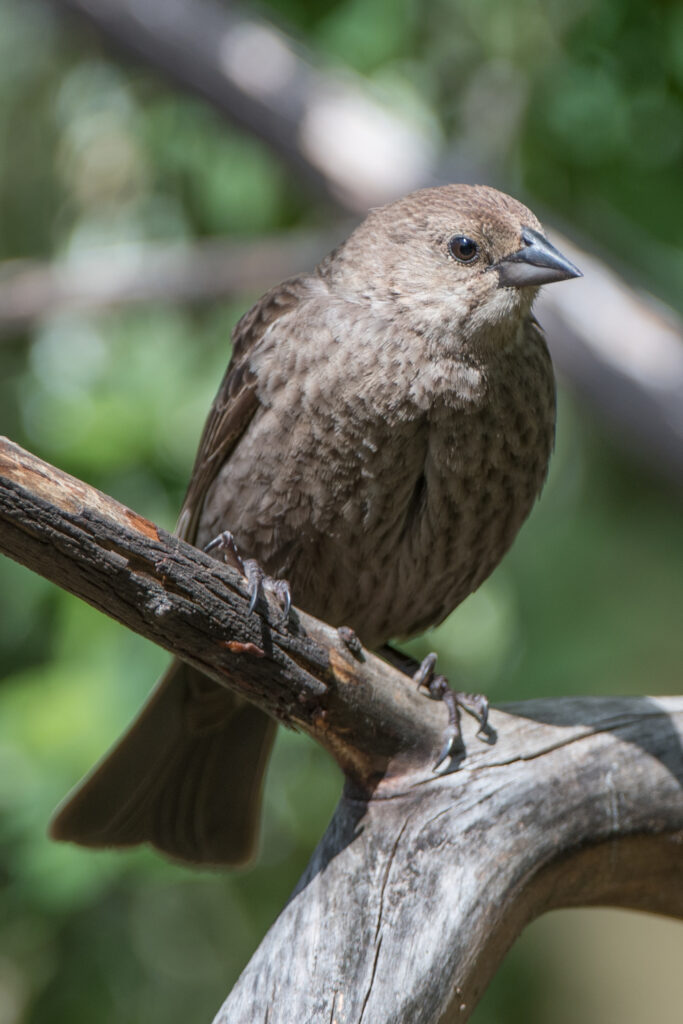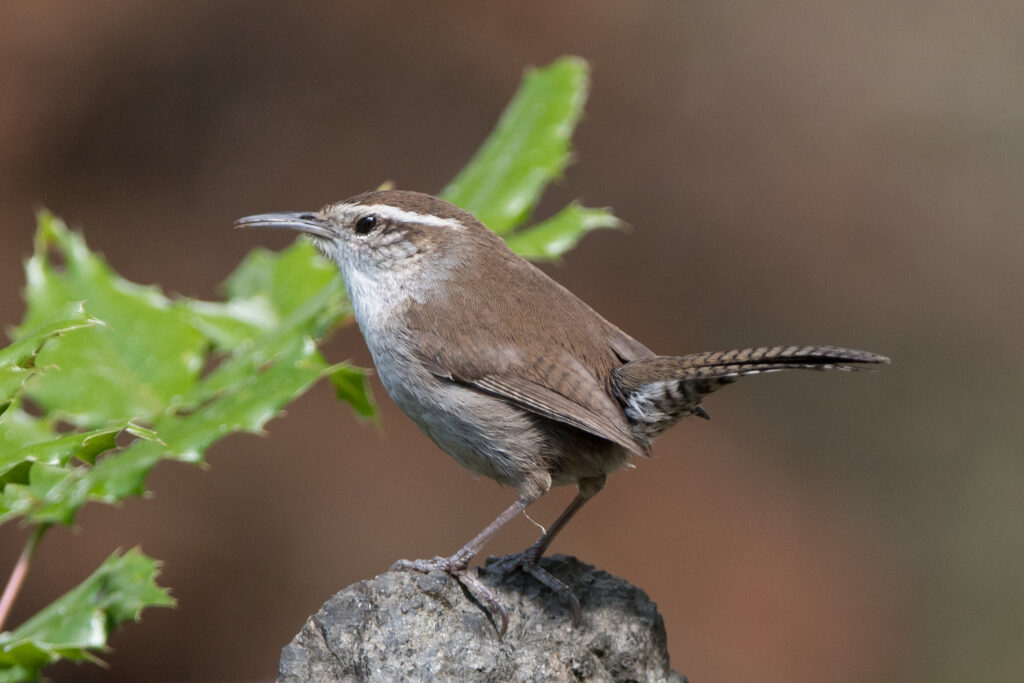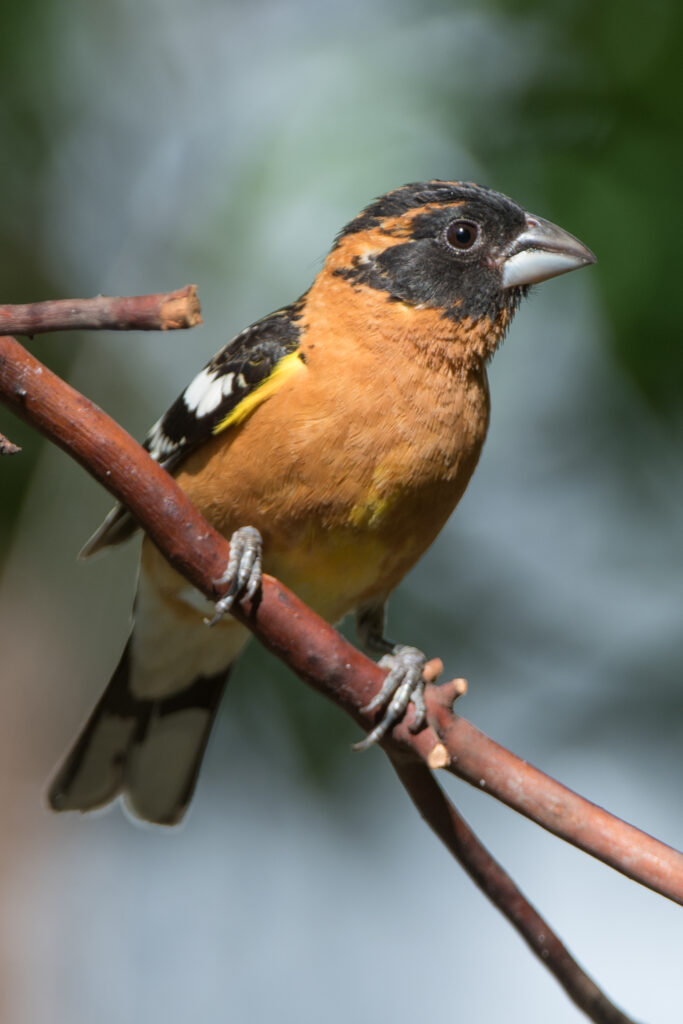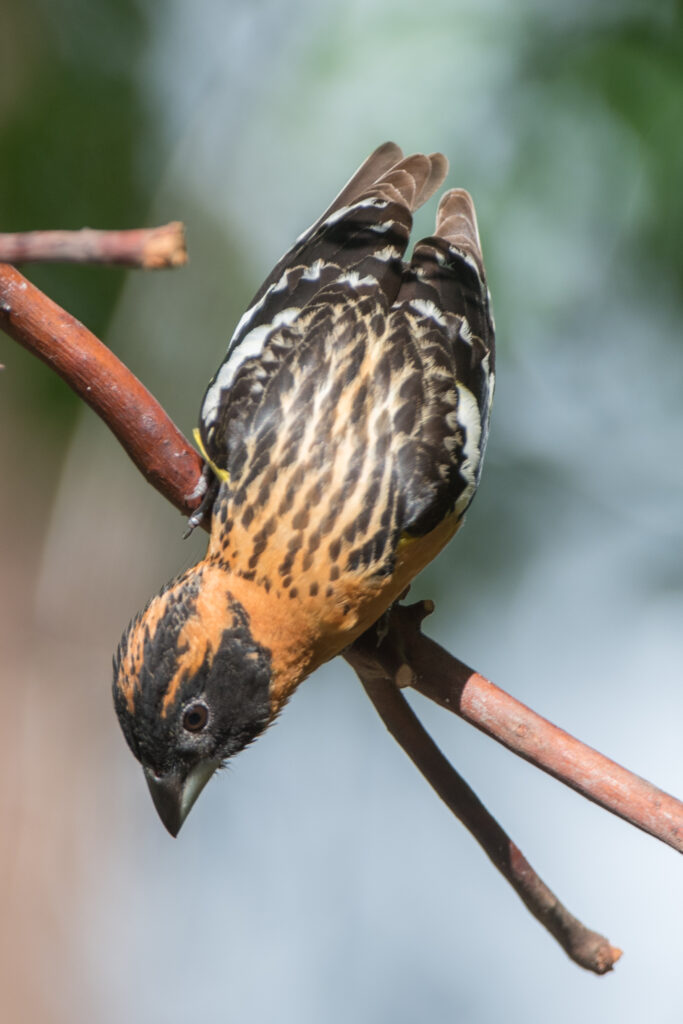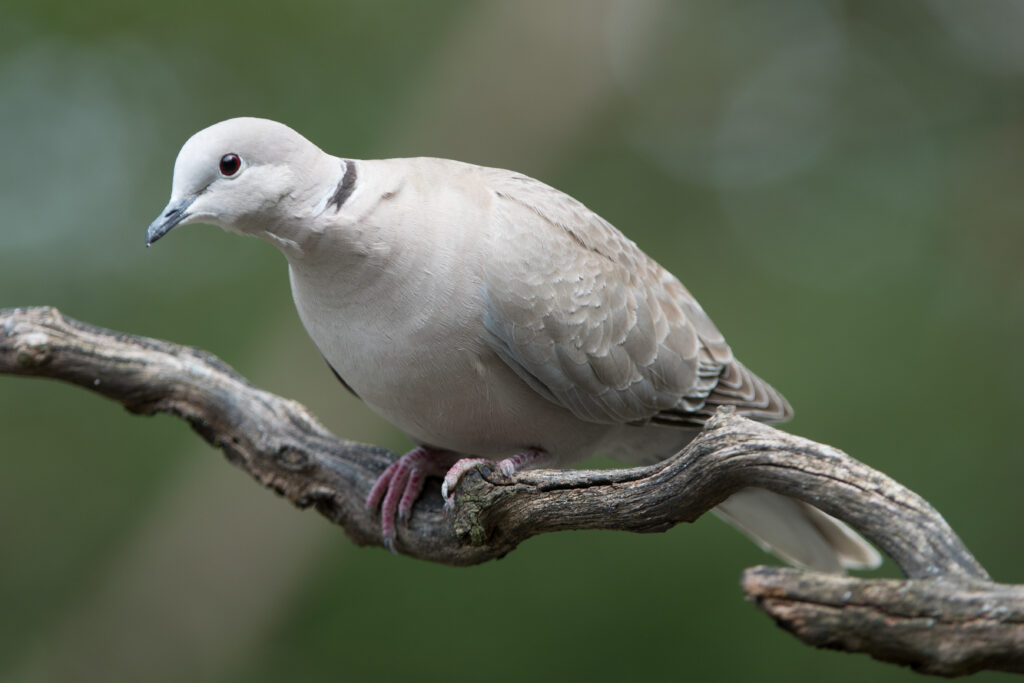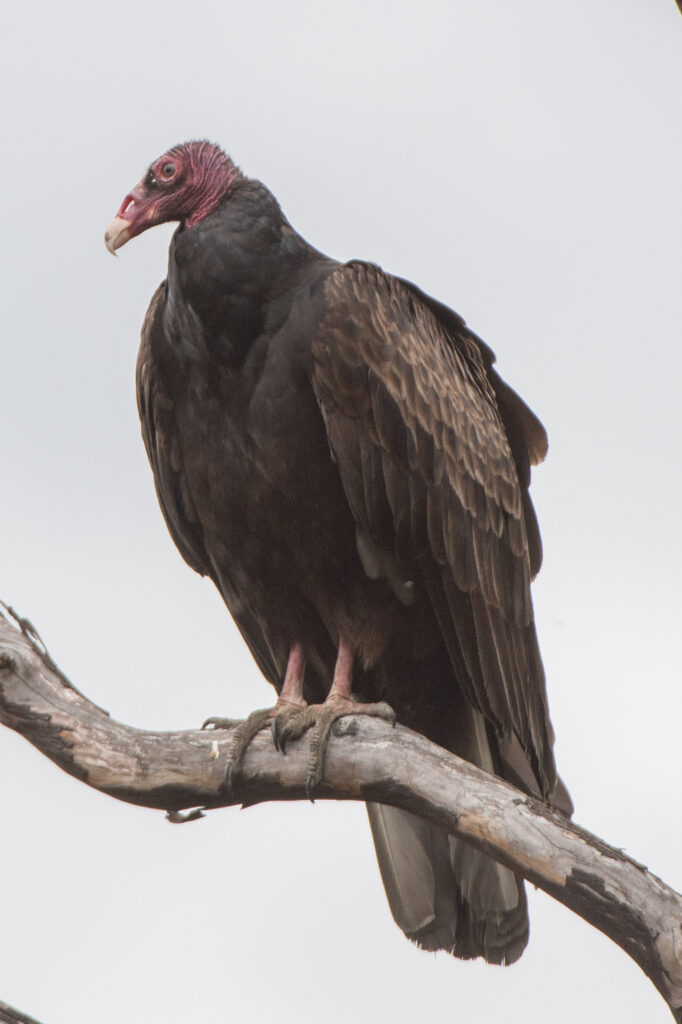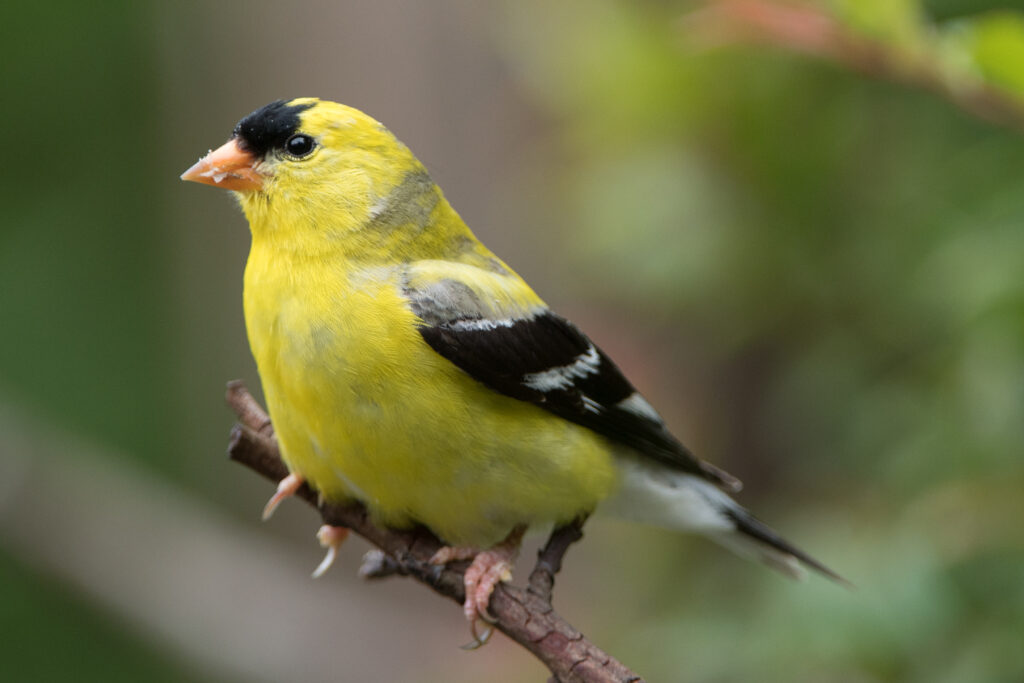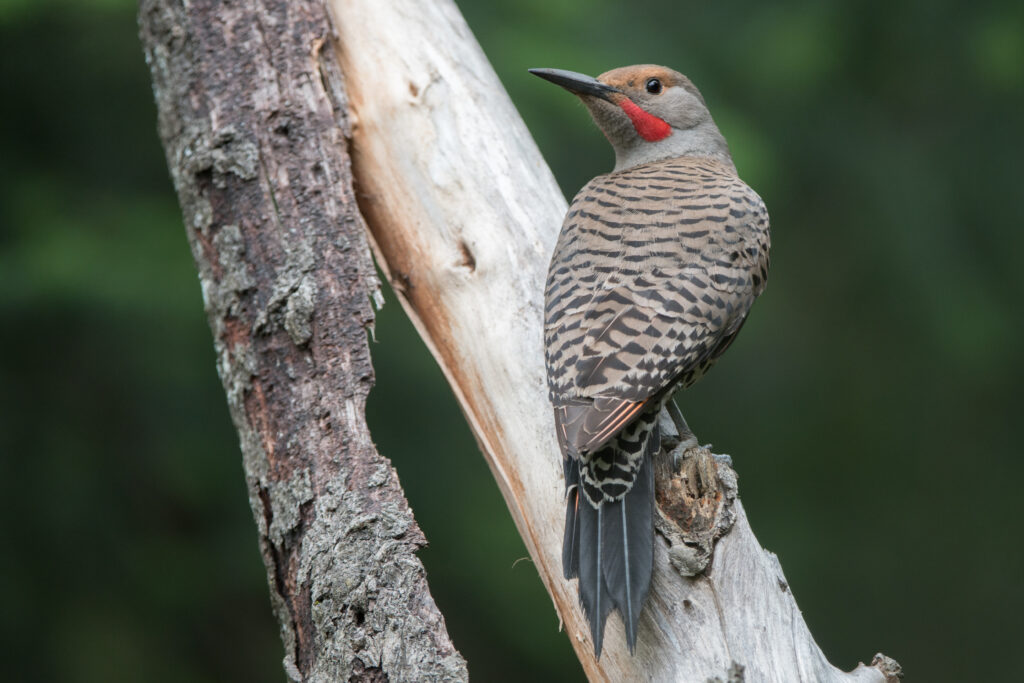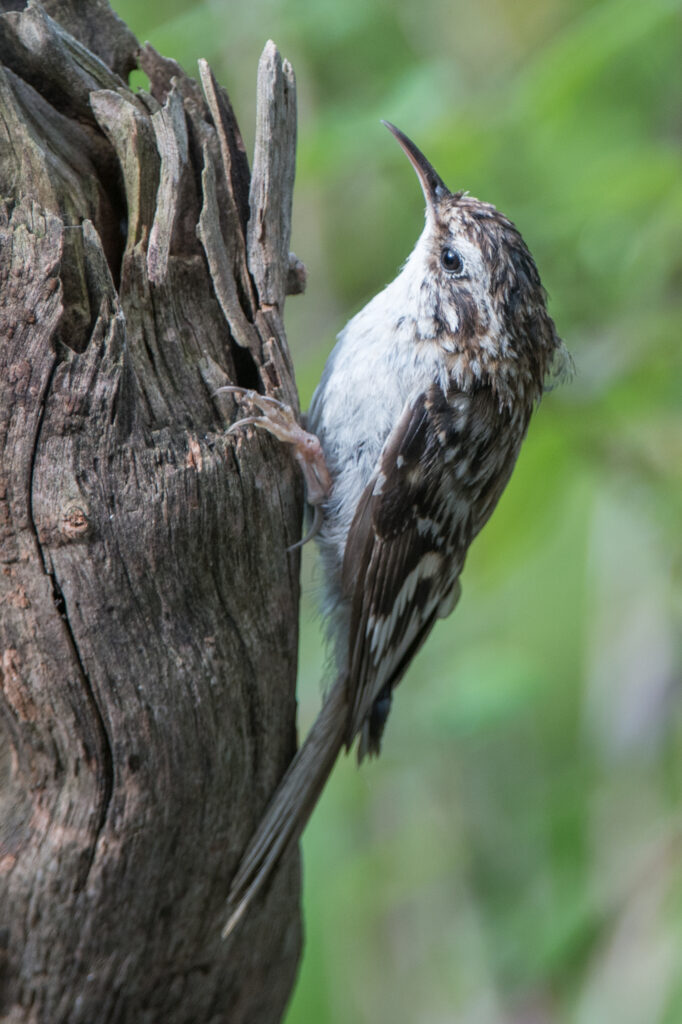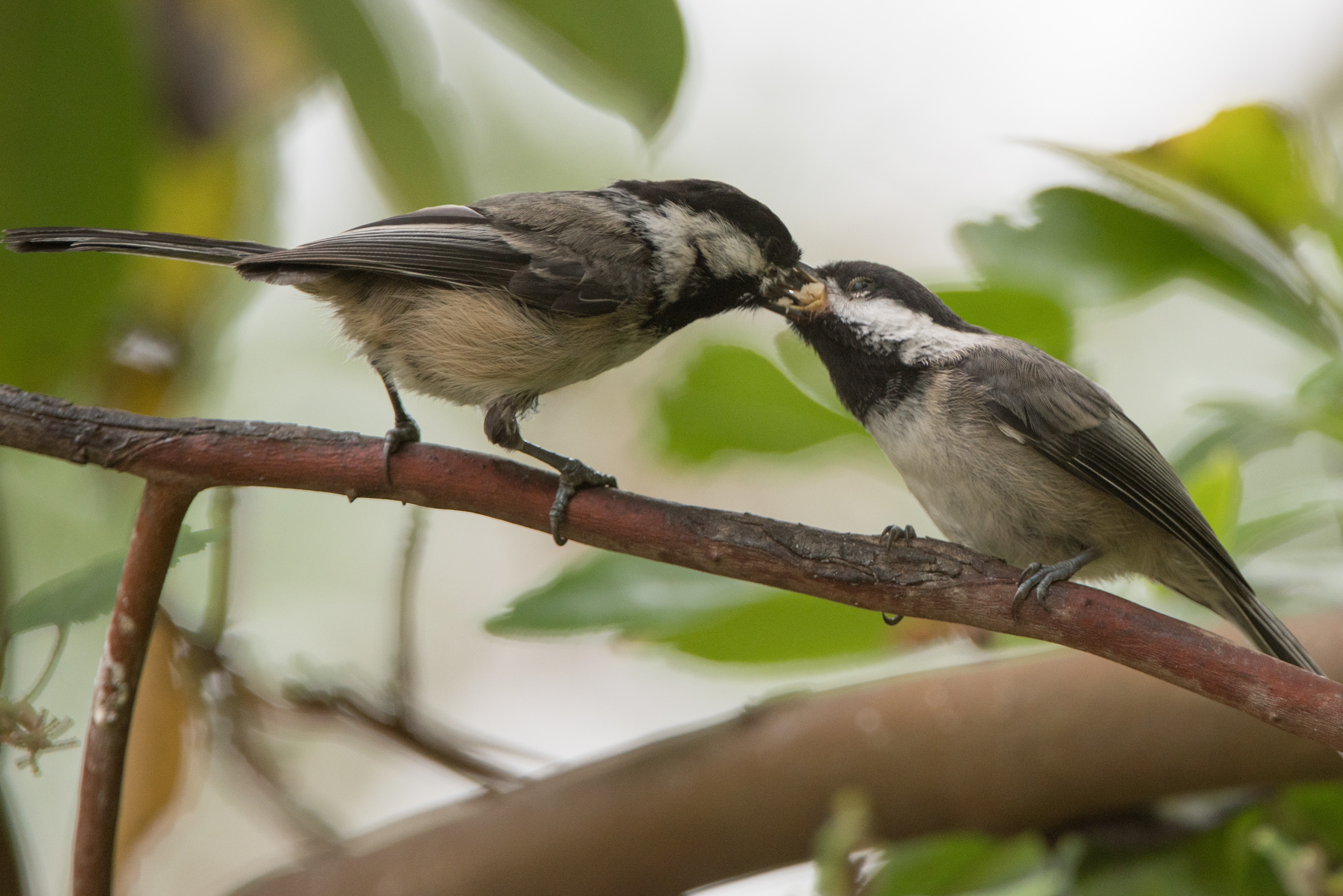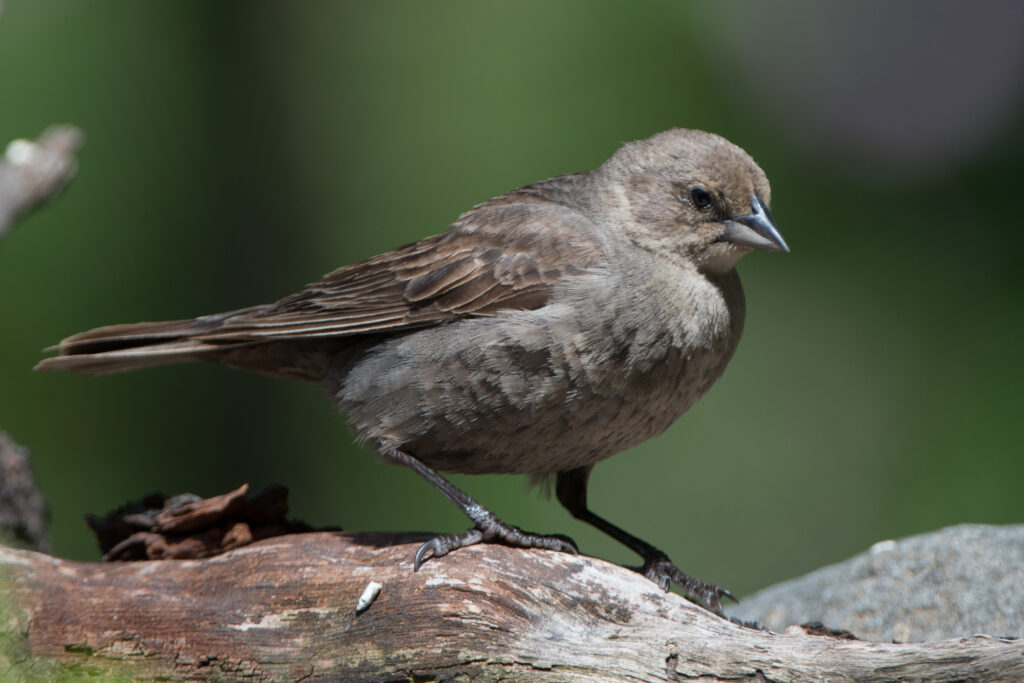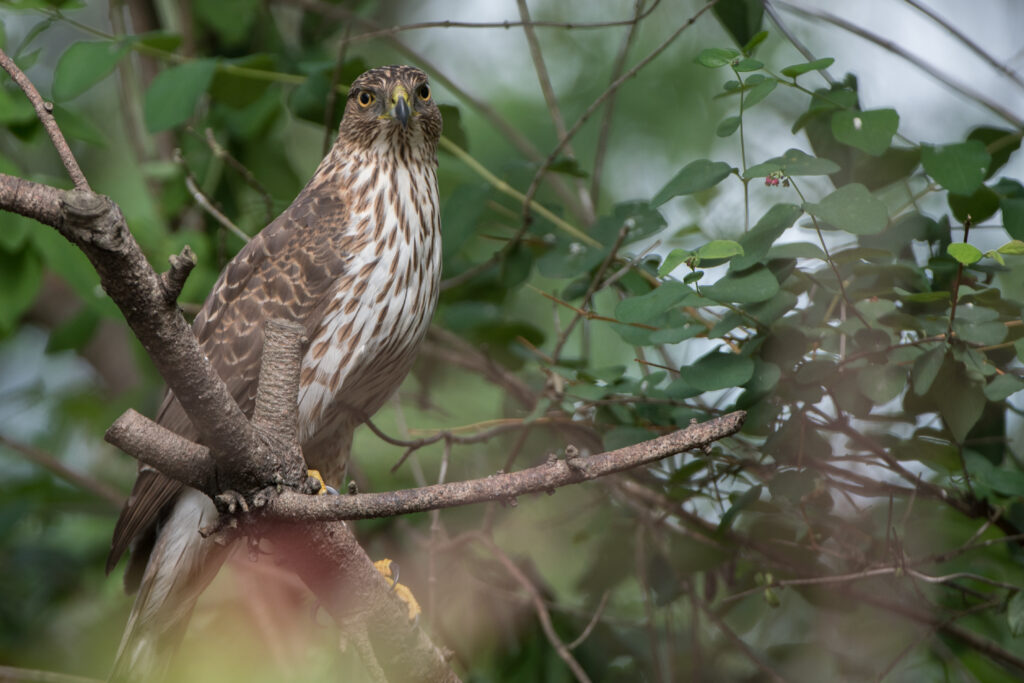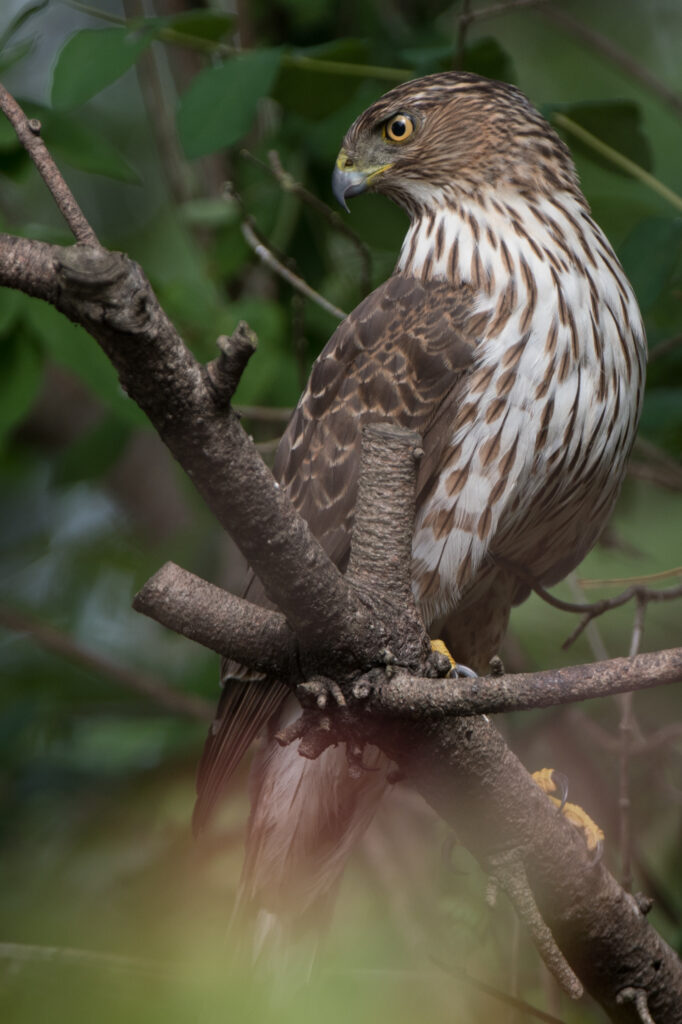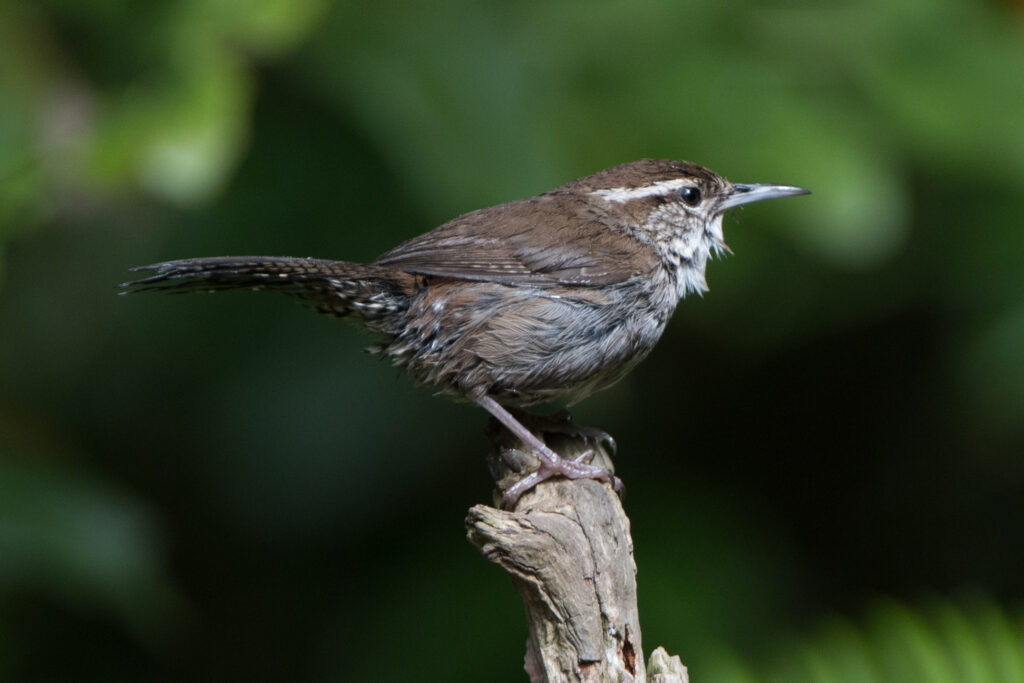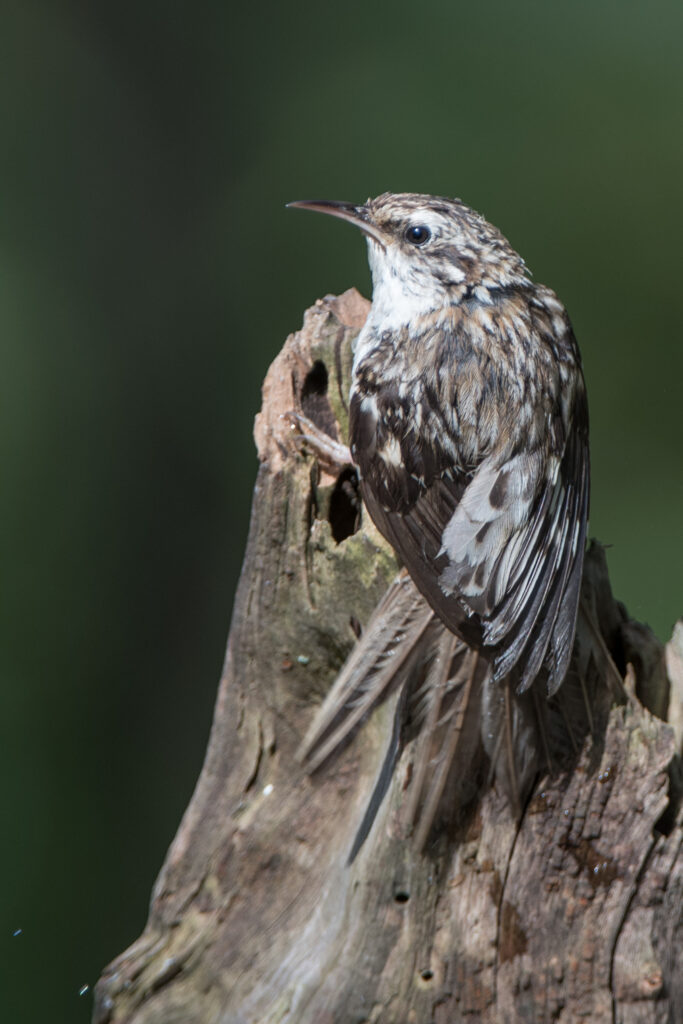It’s that time of year when juvenile birds begin showing up in the yard. Some have little or no resemblance to their parents and can be difficult to identify. I’m going to display some of the juveniles in our yard and point out some characteristics to help identify them.
I’ll take up the rogues gallery first…
This is a juvenile House sparrow. The juveniles look similar to a female House sparrow but the juveniles can be distinguished by the yellow at the base of the bill, a characteristic of MANY species of juvenile birds. The House sparrow families are often gregarious, with the birds traveling in family (or larger) groups.
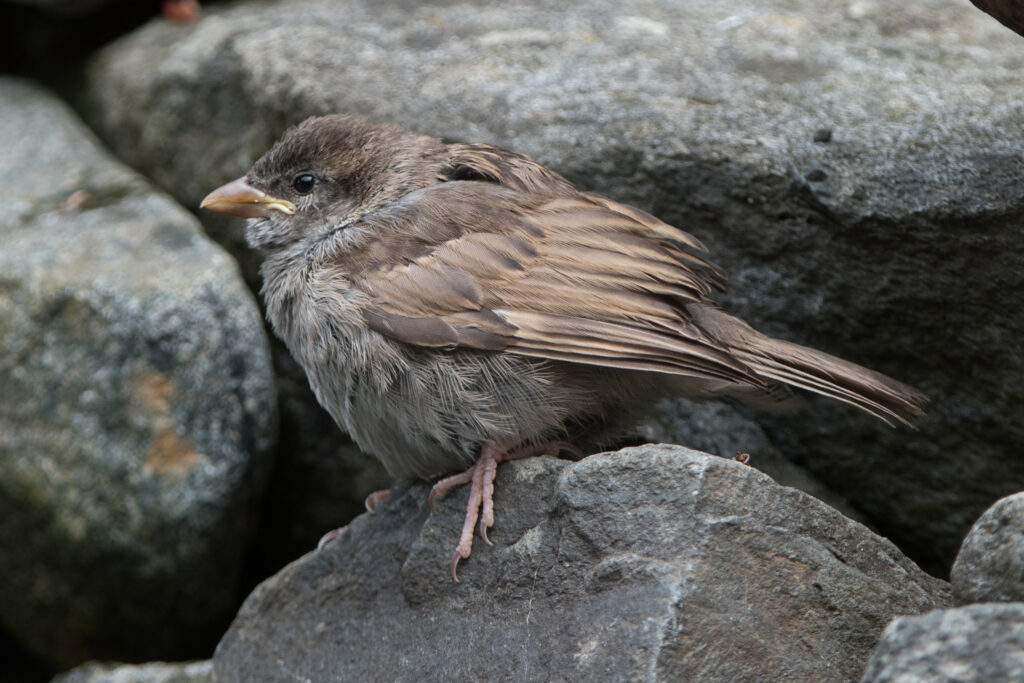
Next up, a juvenile European Starling, another introduced species. These birds are initially a dull gray color and are best distinguished by the length of their beaks.
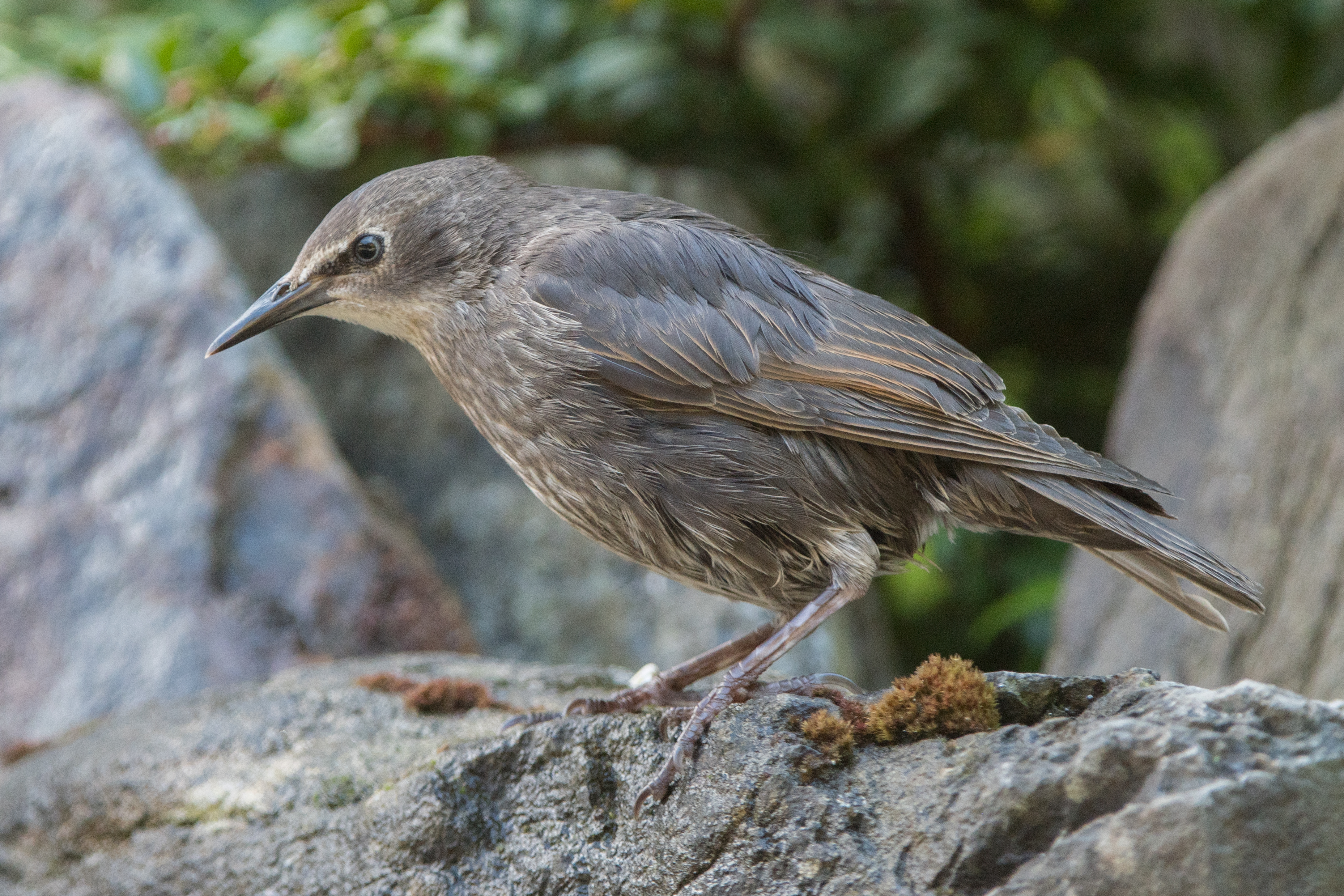
This is a White-crowned sparrow juvenile. Note the gray and brown stripes on top of the bird’s head, and the yellow at the base of the bird’s bill. The bird’s crown will eventually morph to black and white. (There is a very prolific and widespread tan (Taiga) morph that closely resembles this juvenile, but the tan morph lives in the interior of the country and I see none in this area.)
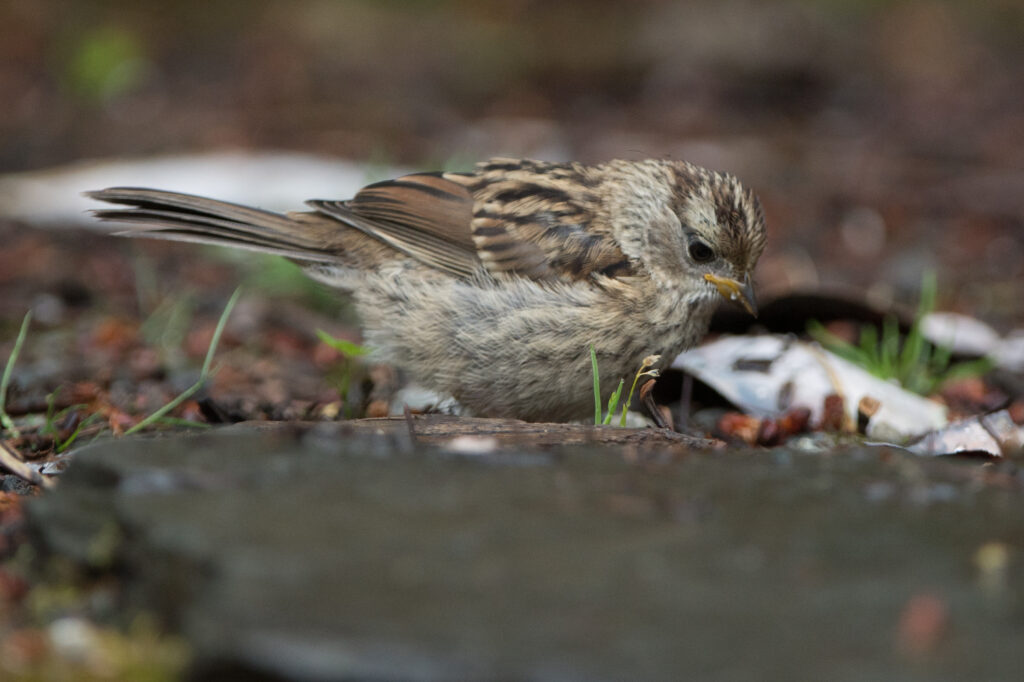
Again, note the yellow at the base of this Spotted towhee‘s bill. This juvenile has very little resemblance to the parents. The juvenile has a yellow eye which will eventually turn red. The bird’s striped breast and flanks will eventually disappear. All of the juvenile towhees I see are already independent of their parents, feeding and exploring independently.
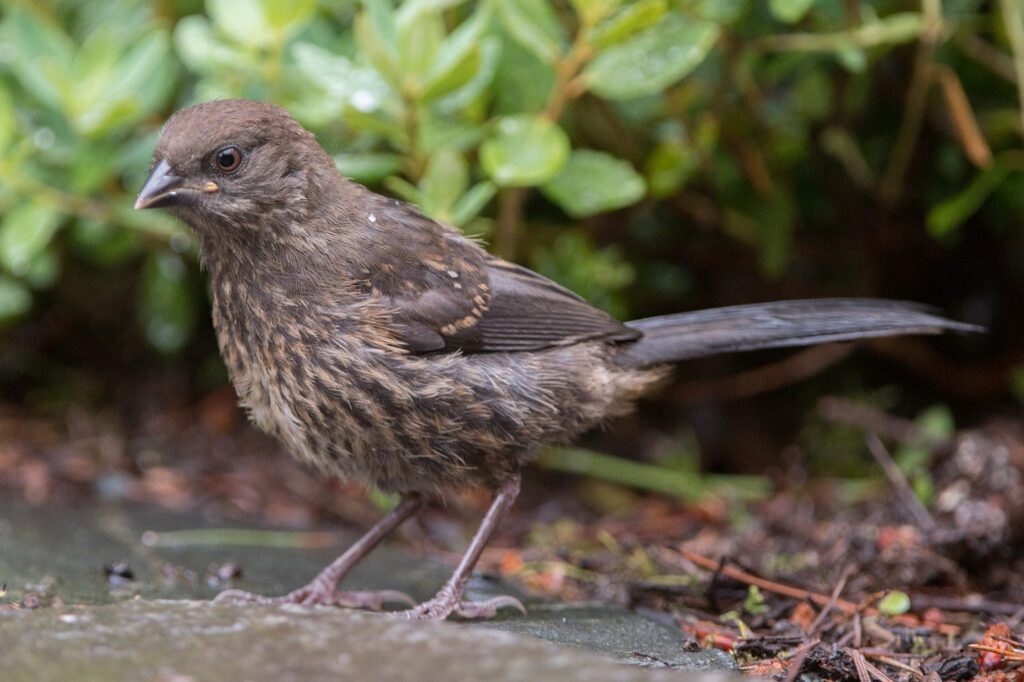
Another juvenile bird that can be difficult to identify, the Dark-eyed junco (Oregon race). These birds are ground nesters and the young are almost always independent by the time they show up in our yard. In the winter this species can constitute the most numerous species in the yard, but the adults leave in the spring to breed at higher elevations.
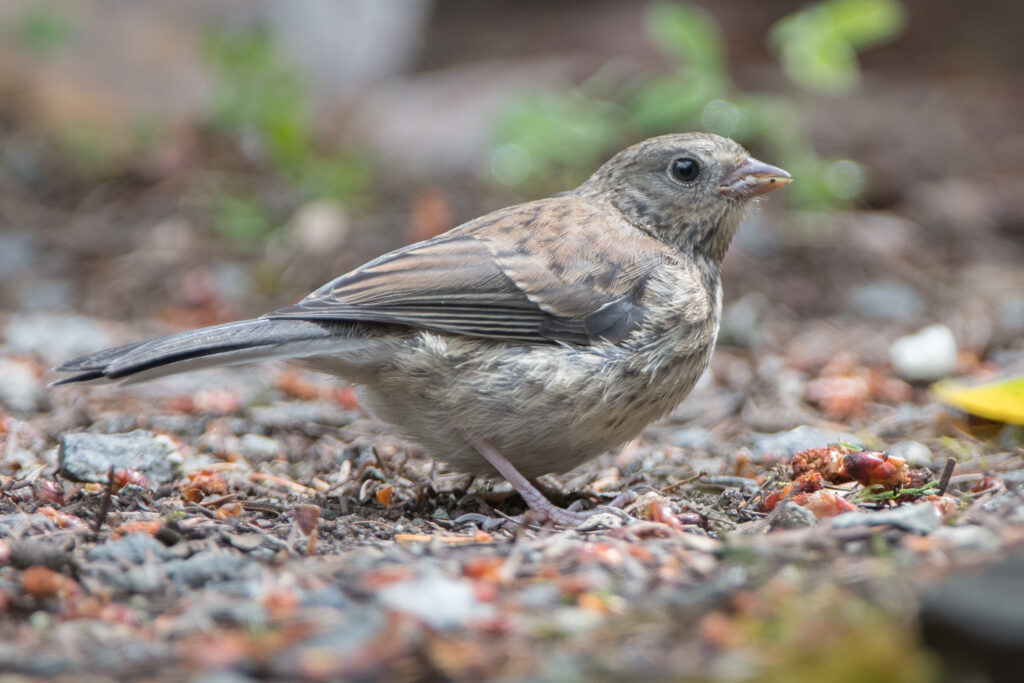
Pine siskins are more easily identified but can quite closely resemble the adults. Most, but not all, have some yellow on their backs/wings. One of this bird’s notable physical characteristics is its relatively sharp bill which it uses as a threat to defend its place at bird feeders. I usually assume that the birds with an unkempt look are juveniles… they may appear relatively ‘naive’ and approachable.
